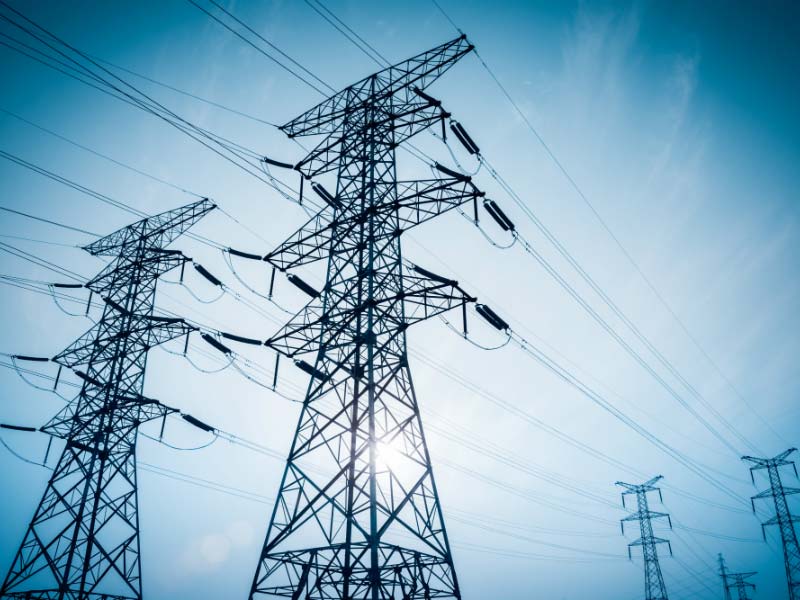This year Pakistan is facing excessive load shedding even in winters, when demand is at an all time low. The problems causing the load shedding is multi faceted and can only be resolved through proper planning by the government.
First of all in Pakistan, around 80% of the power load is situated north of Guddu, while the more cost-effective nuclear power sources (such as K2 and K3) are located in the south. Conversely, the pricier fuel plants like RLNG and FO are positioned in the northern regions.
Secondly, Pakistan lacks the forex reserves to buy expensive RLNG. There are adequate alternatives in the northern areas (aside from hydropower) to meet the reduced winter demand, they rank lower in priority. Running some of these options would necessitate importing fuel, requiring foreign currency reserves that the country.
Moreover the transmission sector of the country has faced criminal negligence from successive governments which has resulted in a vulnerable and outdated system. As longer the path for power transfer, higher are the chances of breakdown. During winter, when the overall demand for power decreases, the voltage on lightly utilized long 500 kV transmission lines increases, making them susceptible to tripping during dense fog/smog conditions. This issue is further aggravated by outdated switchgear at various transmission interfaces, resulting in power outages and black outs. To prevent this, the transfer of power from South to North is restricted, leading to underutilization of nuclear plants (K2 and K3).
The government needs to prioritize the addition of more transmission lines, and to upgrade/adequately maintain the existing lines, substations, and critical interfaces. The existing lines should be upgraded to cater for the fog and new lines should be built using technology so that they are inert to environmental conditions.






